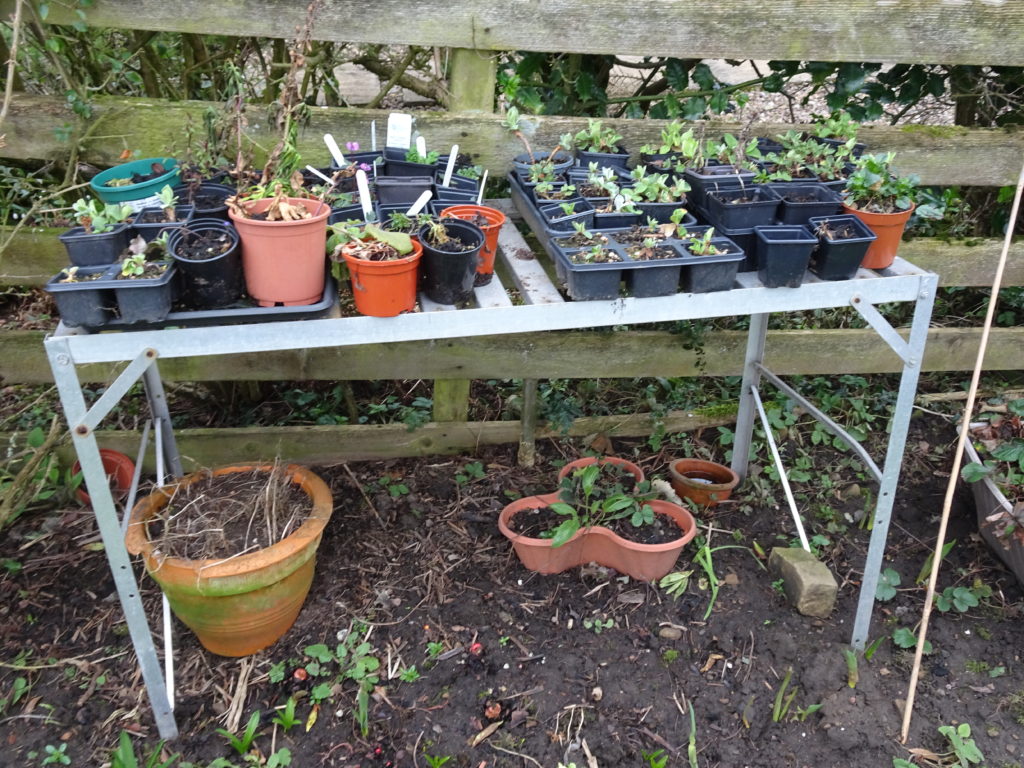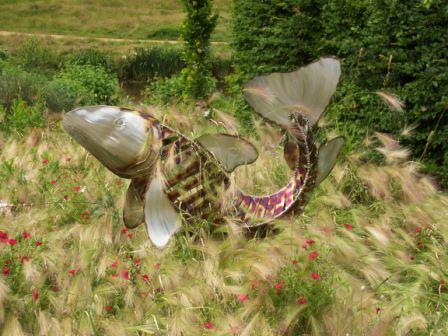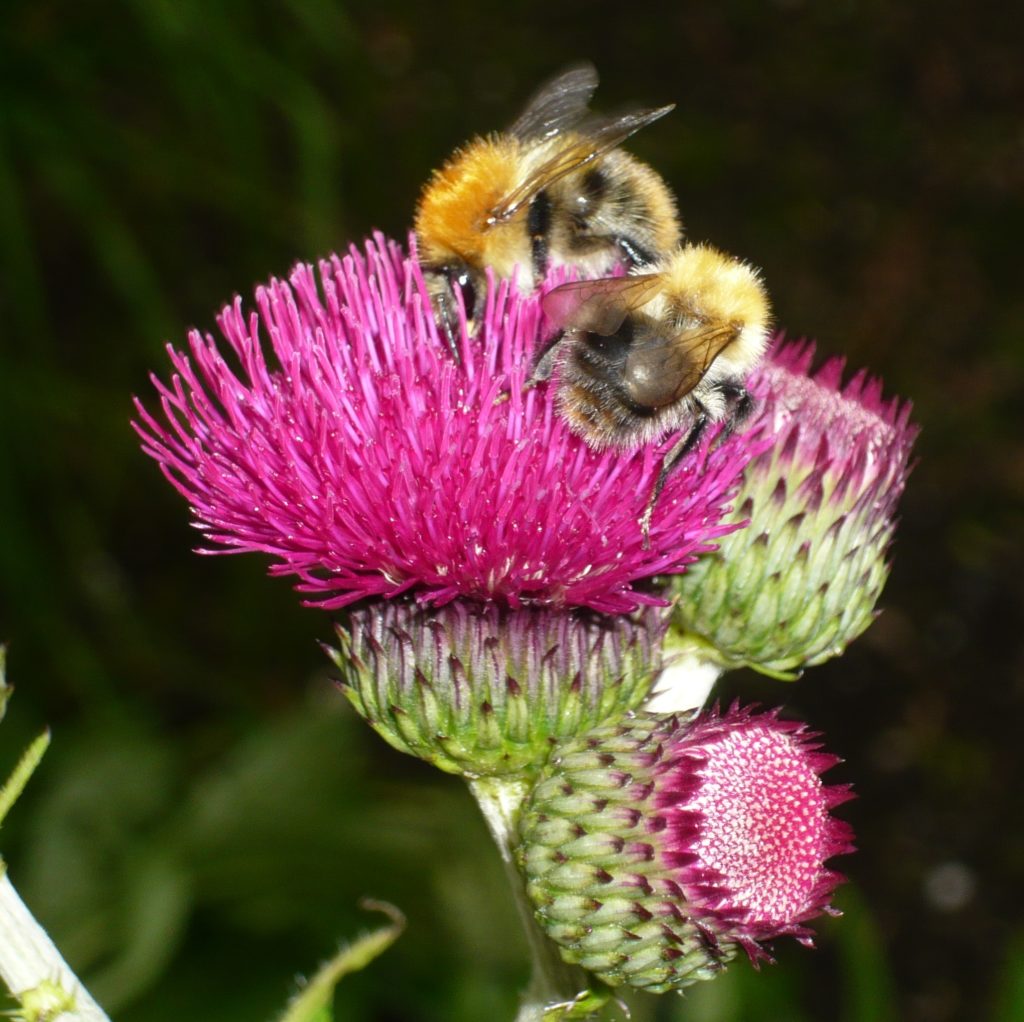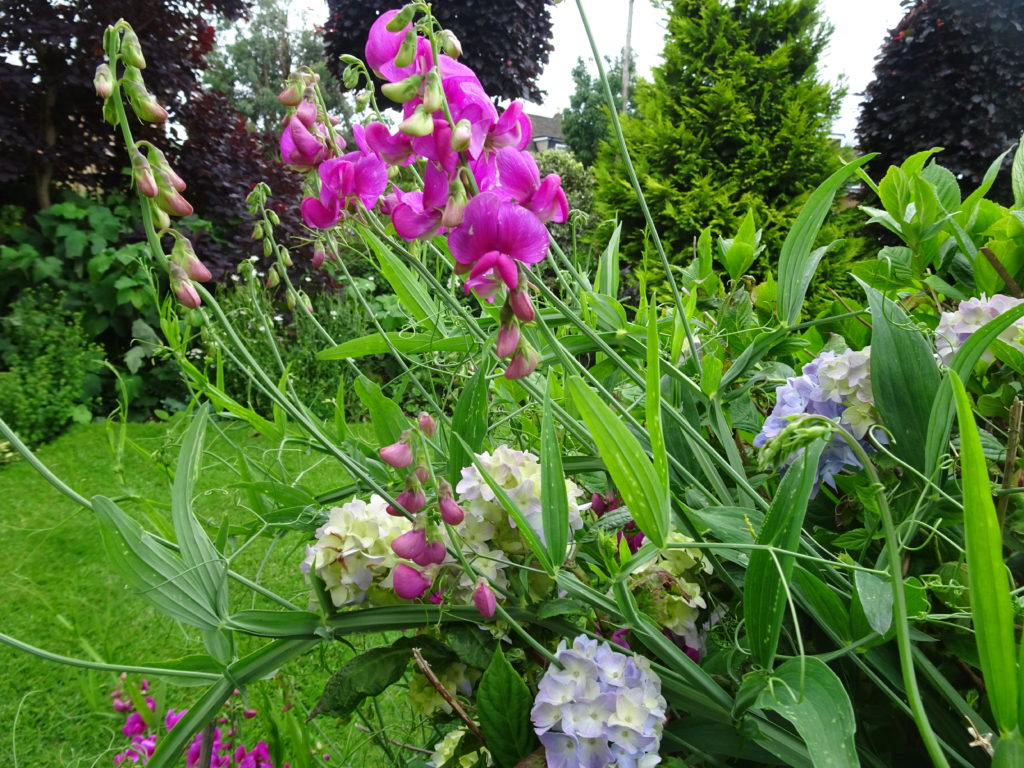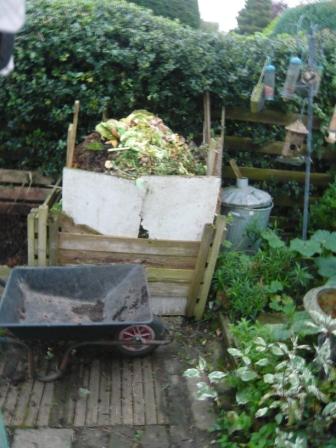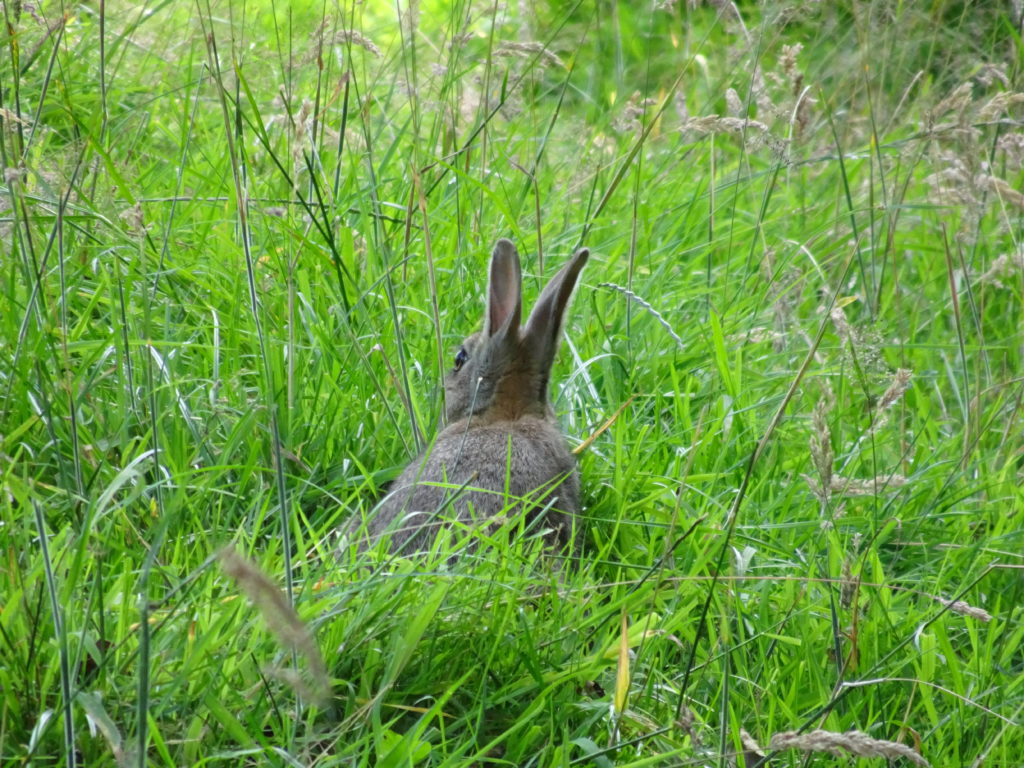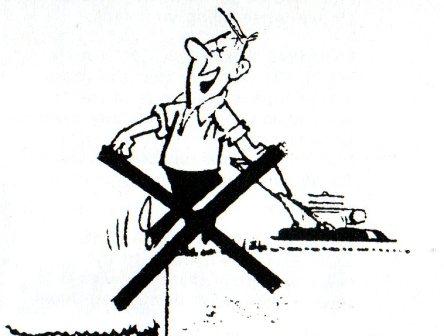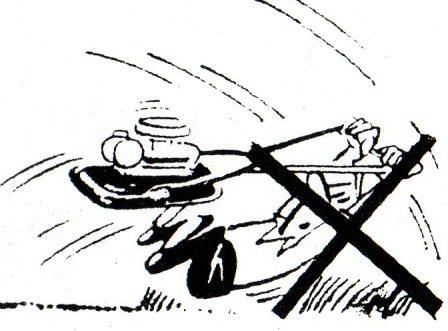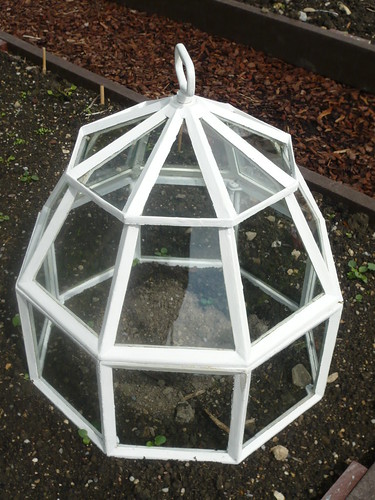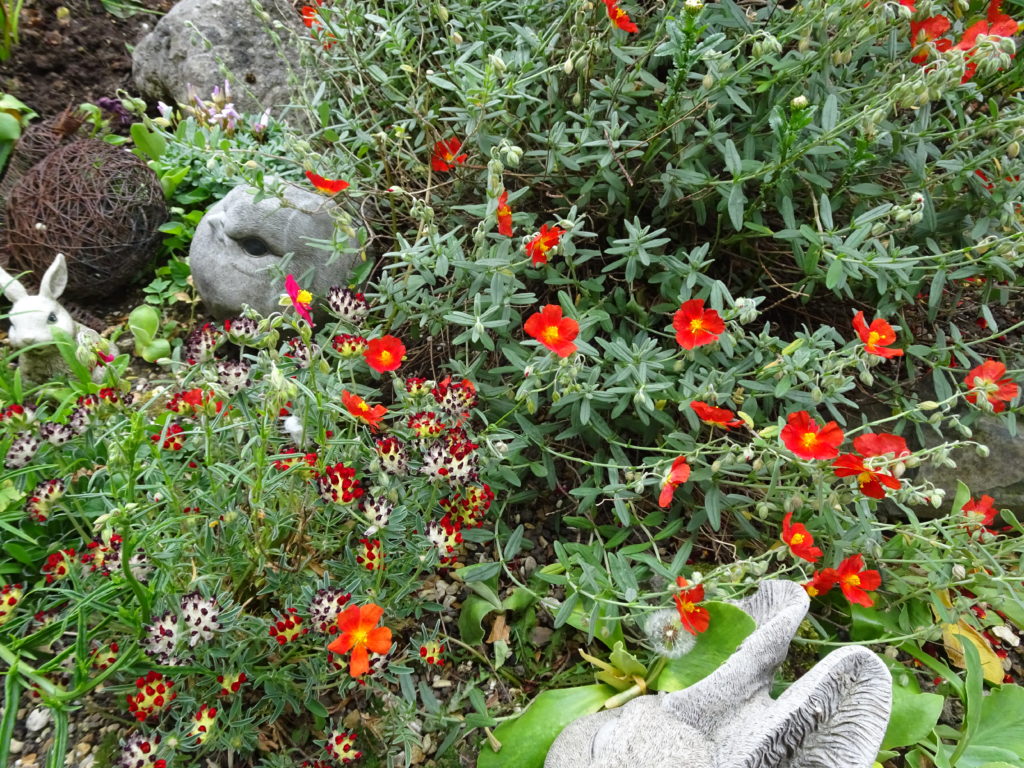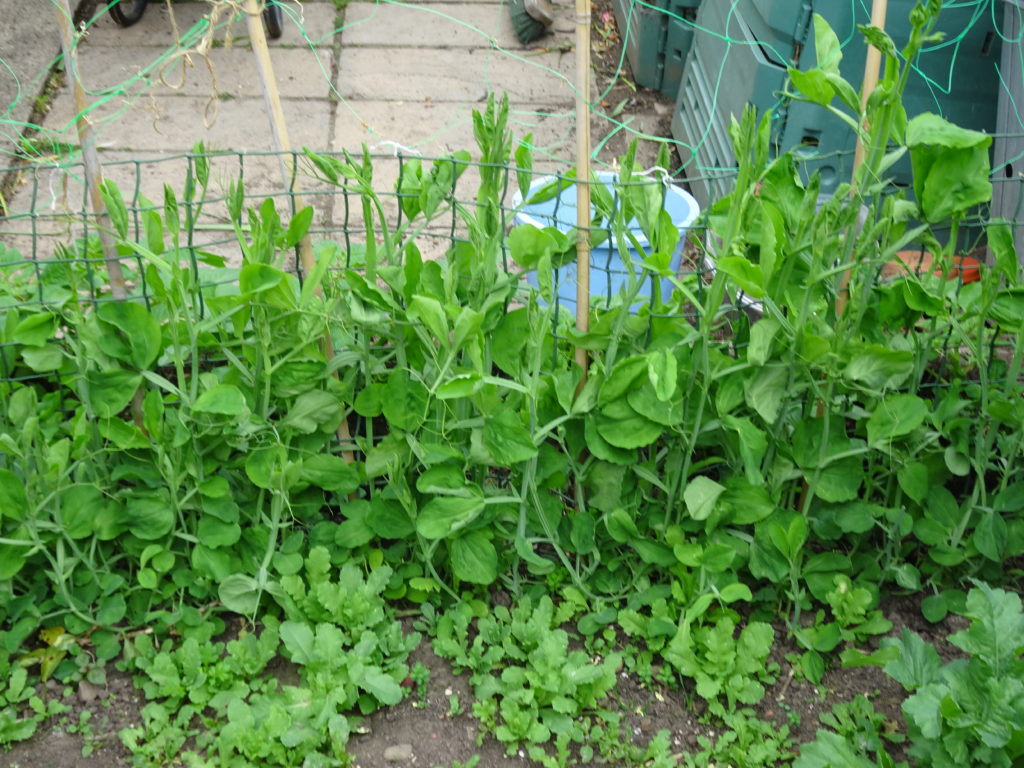Readying the Greenhouse 2021
It is Mid February and the milder weather encouraged me to focus on my greenhouse in preparation for the new year. For once I made a list of more than a dozen greenhouse related actions and as I progressed down the list more items were added. Without the list I would drift off to do other jobs with lower priority but higher instant gratification.
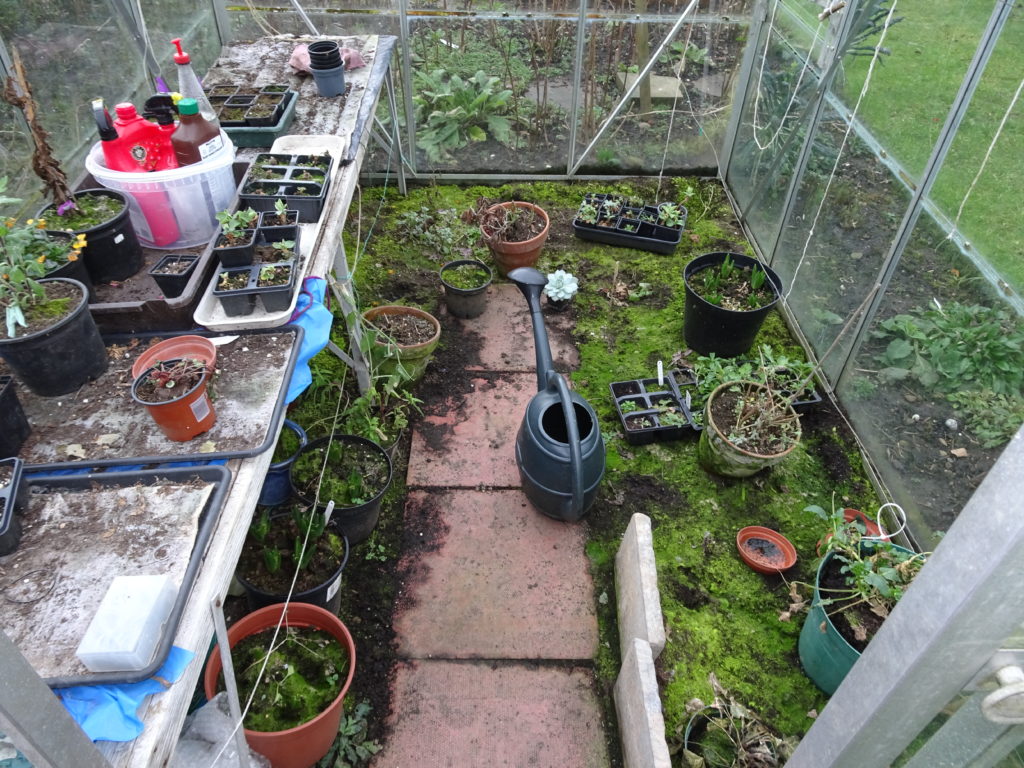
Before
I started by read a couple of books on ‘cold greenhouse & conservatory’ and ‘greenhouse gardening’ and picked up some obvious and less obvious tips.
Plants need air, water, a medium to root into and sustenance. For the air part I turned the soil in the bed where I may grow direct into the soil but resolved, henceforth to provide more ventilation. A disaster struck when I left the door open and a pheasant walked in and was too thick to find its way out without my firm handed help. Jumping and flapping its wings it managed to break a pane of glass and I spent ages doing unplanned reglazing and there was no pheasant for supper.
As you may see in the before photo above I had suffered an excess of algae and moss. This was caused by lack on regular ventilation, an excess of nutrients and low levels of winter gardening. Using water from an old water barrel may not have helped. I now plan to feed little and often and to keep the soil aerated.
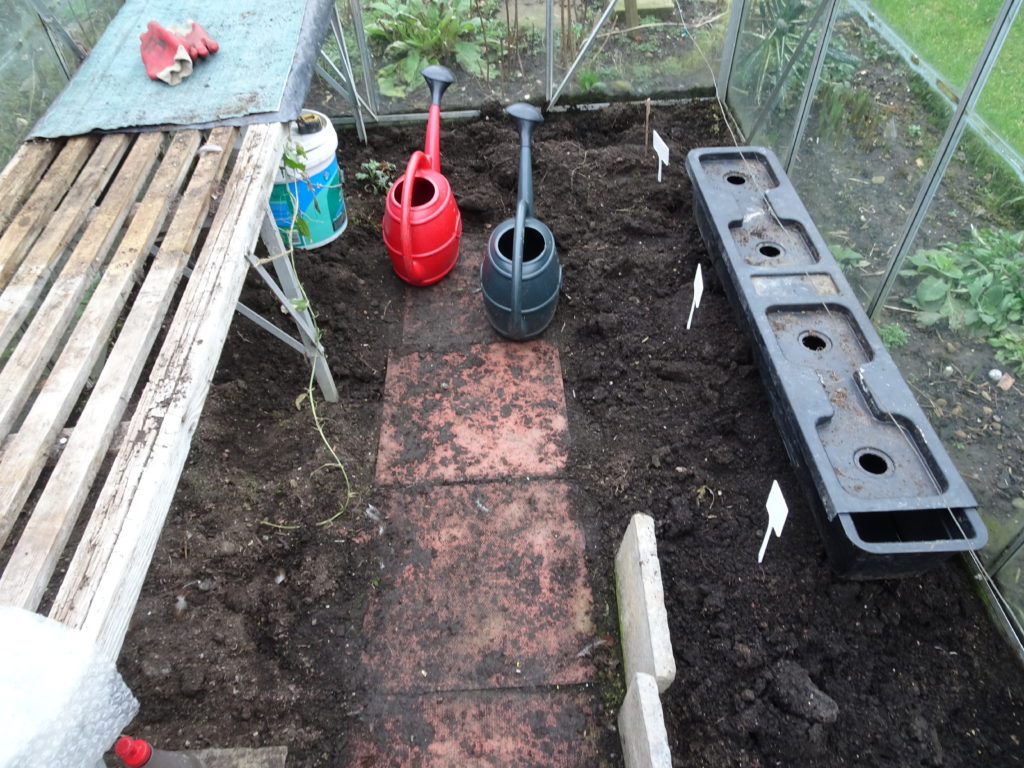 After
After
Planned Uses for my cold Greenhouse
- Overwintering and care for delicate plants needing shielding. I had few losses except a couple of chrysanth stools and with care could have contained more items and grown early Daffodils, Vallota, & Fucshias
- Just visible is some of the paving I have placed under the staging. I will use this for keeping dry goods, tools and fertilizers together and accessible.
- The 4 station tomato growing box with a fertiliser sump is in place for later . I may add some ring cultured plants or, like previous years have tumbler tomatoes in pots on the bench. I had potted up some strawberry plants to try on the staging but am still thinking about that.
- I have left a strip between the path and staging where I will grow lettuce and may be the odd sweetpea like the weedy example
Gizzmos for my Greenhouse

- On the diagonal struts I have a collection of household pegs that I use for lots of holding purposes during the year. Currently open, half used packets are pegged closed.
- As an aluminium greenhouse the frame has grooves to accept support devices to string moveable plant ties. I also wire across the length of the greenhouse at varying heights for more support or for short strings
- I may move the bench below to go across the end of the greenhouse to support seed trays when the need for temporary benching arises. So the next job is to sort the items currently overwintering by the fence.
